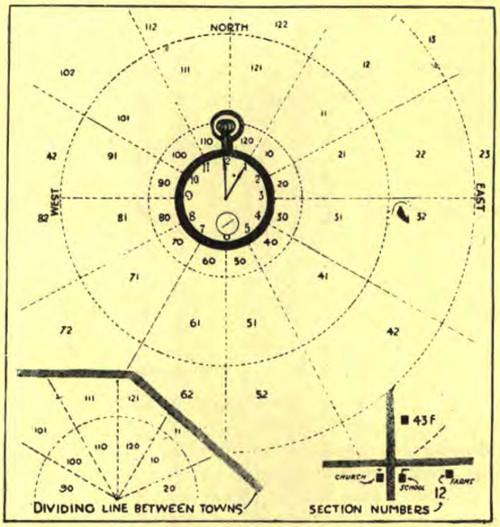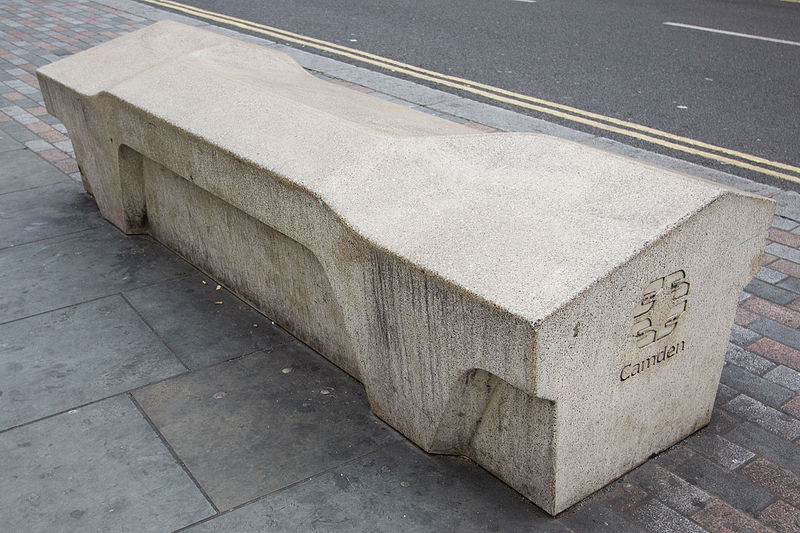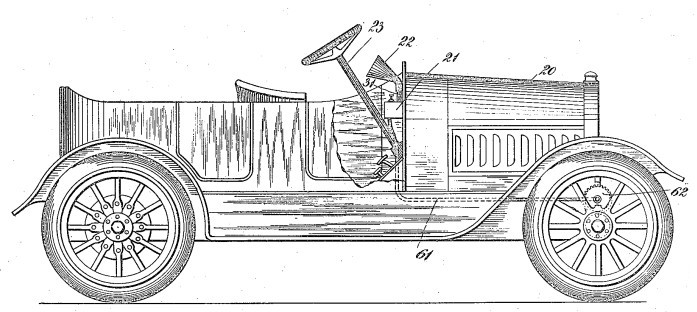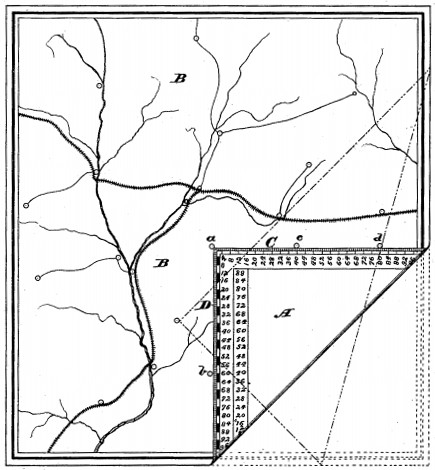In 1928, when London’s Society of Model Engineers received word that the Duke of York would be unable to open its annual exhibition, acting secretary W.H. Richards said, “Very well, I will find a substitute: it is a mechanical show, let us have a mechanical man to open it.”
So they did. Attendees that September were greeted by a robot named Eric who could stand up, bow, look left and right, deliver a four-minute opening address “with appropriate gestures,” and sit down. The speech, imparted by a radio signal, was described as “really sparkling” — apparently literally, as blue sparks shot from Eric’s teeth. From the Model Engineer and Light Machinery Review:
The Exhibition of 1928 has been one of the most successful we ever had. … The ‘Robot’ was a continuous attraction; he drew thousands of people to see his remarkable performance. … It is estimated that he rose and bowed to his audiences more than a thousand times during the week, and he not only amused the majority of his visitors, but positively amazed and bewildered them with his clever movements and conversation.
In 1929 Eric toured America, where he visited Harvard and MIT and informed interviewers that he did not gamble, drink, or run around at night. That’s reassuring, because eventually he disappeared — London Science Museum curator Ben Russell told the Telegraph, “No one quite knows what happened to him, whether he was blown up or taken to pieces for spare parts.” So, working from old photographs, the museum rebuilt him, and he appeared, debonair as ever, in a 2017 exhibition:









